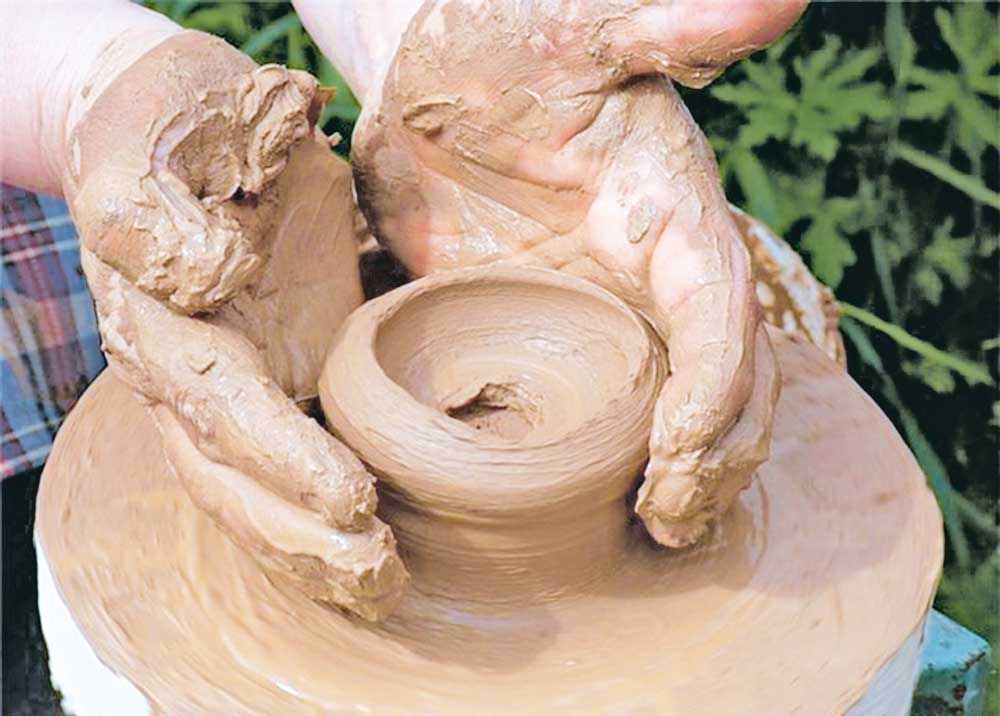The notion of the potter’s wheel, craftsmen and their products is moving further away from us. There are no pottery workshops in modern cities, few of them can be found in rural areas, and ceramics has received new uses, turning into one of the decorative arts. A real ceramic article is rare; in everyday life it often serves as an interior decoration, an interior design element of office or administrative buildings. Meanwhile, the potter’s wheel that appeared 6,000 years ago has become a factor in progressive changes in the social life of the cultural and historical space, a leap forward for this craft and for humanity.
Scientists believe that all the best, progressive and democratic in culture is reflected in ceramics. The reason is in its ethnicity and the traditionalism of this art, which is rooted in history. However, now we will talk about the tool used to make it – the potter’s wheel, one of the greatest inventions of humankind, the longest and most actively functioning technical phenomena. The displacement of hand-made moulding by this pottery tool happened historically quickly, which contributed to the division of labour and the transformation of the craft into a branch of production. In Central Asia, they began to use the potter’s wheel in the late III millennium BC, including the settlements of Southern Turkmenistan – Jeytun, Jebel and Chopan-depe; archaeologists consider it a factor of progressive changes in the social life of the cultural and historical region. At that time, Jeytun craftsmen possessed necessary knowledge in the use of clay for the benefit of people, although the shape of the products remained simple to do, the firing was uneven, and the ceramics, as a whole, were archaic.

